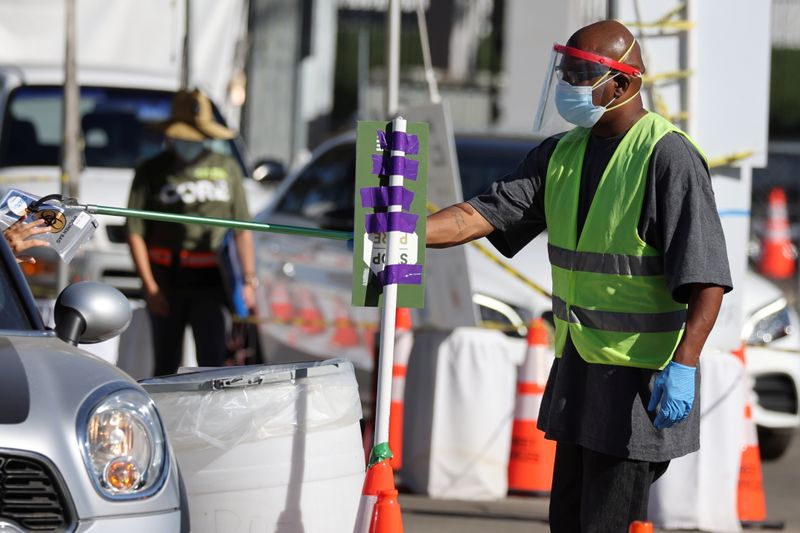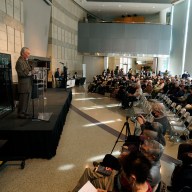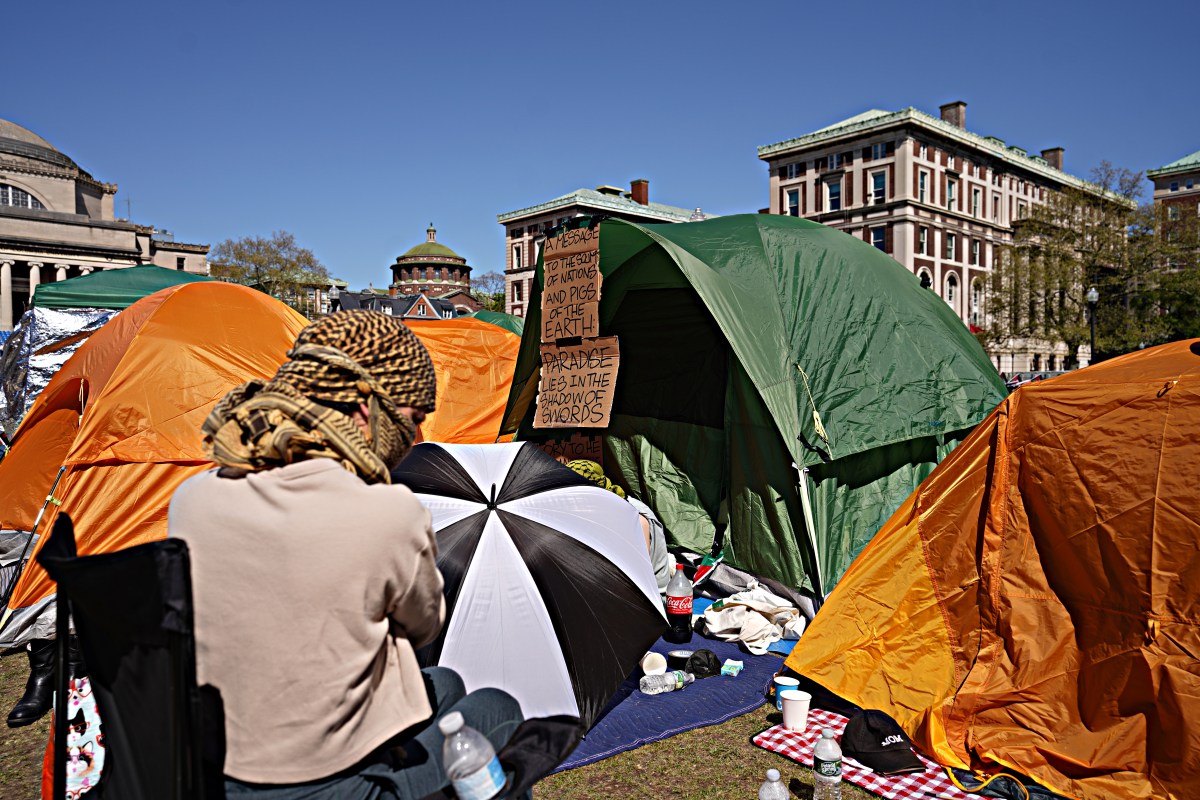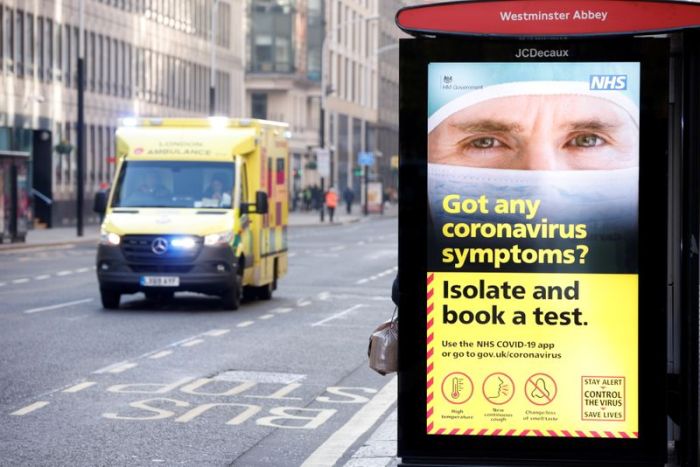SACRAMENTO, Calif. (Reuters) – California’s governor on Thursday announced plans to impose COVID-19 stay-at-home orders on a regional basis, with tougher social and economic restrictions to be triggered when intensive care units near maximum capacity at a region’s hospitals.
The latest constraints, unveiled as coronavirus infections and hospitalizations soared further, will take effect after 48 hours in any of five designated geographic regions where available ICU space falls to 15% of capacity or less, Governor Gavin Newsom said.
Newsom said he expects all portions of the state outside the San Francisco Bay Area to reach their respective 15% thresholds this week. The Bay area is expected to follow by mid- to late-December. Each region is to remain under its stay-at-home order for at least three weeks once they are imposed.
The four other designated regions are Southern California, including San Diego and Los Angeles, as well as the state’s largely agricultural San Joaquin Valley, the greater Sacramento area surrounding the state capital, and Northern California beyond the Bay Area.
COVID-19 hospitalizations in California, the most populous U.S. state with nearly 40 million residents, have climbed 86% over two weeks, Newsom said. The state documented a record 18,591 additional cases on Wednesday alone, 12% of which will end up requiring hospital treatment within two weeks.
“If we don’t act now, our hospital system will be overwhelmed. If we don’t act now, we will continue to see the death rate climb,” Newsom said in an online presentation streamed live from his home in suburban Sacramento.
The new restrictions will represent the most stringent social-distancing rules anywhere in the United States, and the most far-reaching in California since Newsom imposed his original, first-in-the-nation statewide lockdown in March.
At that time, the outlook for relief seemed far off and uncertain from the emerging public health crisis.
‘NOT A MARATHON ANY LONGER’
Newsom stressed that the latest measures would be temporary, as vaccines from several pharmaceutical companies were nearing U.S. regulatory approval for distribution, with California designated to receive its first batch of 327,000 doses later this month.
“This is not a marathon any longer. This is a sprint,” he said.
The latest order will direct residents to remain at home and avoid travel except as necessary for permitted activities, such as grocery shopping, medical appointments, dog walks and individual outdoor exercise.
Restaurants will be limited to takeout and pickup service, while bars, breweries and distilleries will be shuttered, along with fitness centers, hair salons, barber shops, casinos and nail parlors.
Retail establishments may remain in business while limited to 20% of capacity, with hotels permitted to stay open to support “critical infrastructure” only.
Office workplaces will be closed except for essential sectors where remote working is impossible. Public schools with in-classroom instruction already in place may remain open.
Under the plan, indoor religious services will remain prohibited, despite recent U.S. Supreme Court decisions siding with churches and synagogues that challenged state social distancing rules on worship.
No mention of the subject was made during the governor’s 90-minute presentation.
The Democratic governor’s latest actions immediately drew criticism from political opponents.
“Governor Newsom clearly doesn’t understand that Californians are tired of being locked in their homes,” Republican state Senator Melissa Melendez said of Newsom’s plan.
The California Chamber of Commerce said the latest restrictions heightened the need for Congress to provide additional relief to small businesses.
(This story corrects typographical errors in first paragraph.)
(Reporting by Sharon Bernstein in Sacramento, Calif., and Steve Gorman in Los Angeles; editing by Jonathan Oatis and David Gregorio)


















